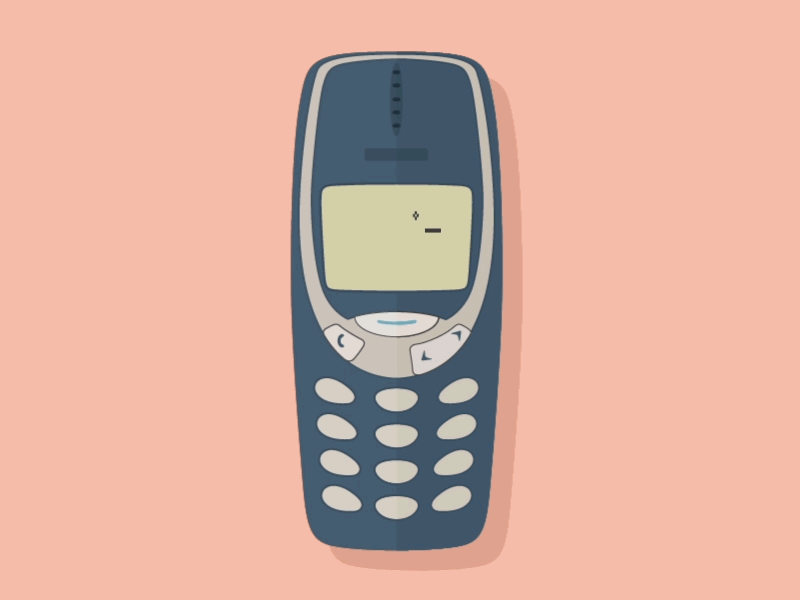Invisible Waves Around Us - Do They Work or Just Block Our Bank Account?
Phones in our pockets. Wi-Fi in every café. Smart watches that know when we’re standing still for too long. We’re swimming in invisible waves of energy called EMFs (electromagnetic fields). Some people worry about what all this means for our health — and that’s where the booming market for EMF blockers comes in.
But do they actually work? Or are they just fancy stickers in disguise? Let’s unpack this with a wellness lens.
First things first: what are EMFs?
Not all EMFs are created equal.
• Ionising radiation = high-energy stuff (think X-rays). Definitely needs limits.
• Non-ionising radiation = everyday signals from Wi-Fi, Bluetooth, and your phone. These don’t damage DNA directly. The main established effect at high levels? A bit of heating.
International bodies like the WHO and ICNIRP set exposure limits way below the level that could heat tissue. Regulators say: so far, everyday EMF exposure is considered safe.
The health question: should we worry?
The science so far:
• FDA & WHO reviews: No clear evidence that phones or Wi-Fi increase risks of cancer or other diseases when used under current limits.
• UK health authorities: Same conclusion.
• Testing methods: Exposure studies are ongoing, looking at long-term use, sleep, concentration, and neurological health. So far, results don’t show consistent harmful effects.
👉 Translation: If you’re lying awake at night because of your Wi-Fi router, the stress might be doing you more harm than the signal itself.
Enter the “blockers” 🛡️
The not-so-magical products
• Stickers, pendants, “5G chips” → They look cool, but studies show they don’t reduce exposure. Regulators (like the FTC) have called many out as scams.
• Phone cases with shielding → Can sometimes block a little EMF — but they also make your phone work harder to connect, which can actually increase emissions. Oops.
The “serious” shielding
• There are materials and methods, like paints, fabrics, meshes and window films → These can reduce EMFs in a bedroom or home if you live right under a cell tower. But they need to be installed properly, (no gaps, no half-done walls) — otherwise it’s like putting an umbrella up in a thunderstorm with holes in it.
The pros & cons
✅ Pros
• Peace of mind for those sensitive to EMFs.
• Professional shielding can reduce exposure in specific situations.
• Creates the option of “low-EMF rest zones” (e.g. in a bedroom).
⚖️ Considerations
• Not all products are backed by strong independent testing — check carefully before buying.
• Installation quality makes a big difference to results.
• Shielding may affect Wi-Fi or mobile coverage indoors, which can be frustrating.
Fallon’s Friendly Guide to Low-EMF Living
The best “blockers” are… free. Here’s how to keep things ALARA (“as low as reasonably achievable”):
✨ Create space: Use speakerphone, wired earbuds, or texts instead of long calls pressed to your ear.
✨ Airplane mode = beauty sleep mode: Especially if your phone doubles as your alarm clock.
✨ Don’t cuddle your devices: Avoid carrying a transmitting phone in your bra or pocket.
✨ Watch the signal bars: Weak signal = higher emissions. Wait to call when you’ve got full bars.
✨ Balance > fear: Your morning walk in nature, your friendships, your stress toolkit — these matter more than a sticker claiming to “neutralise 5G.”
Fallon’s Take
At Fallon, we believe in living consciously — and that includes being mindful of the invisible waves around us. While regulators say everyday EMF exposure is within safety limits, we know many people still feel uneasy about the impact on long-term health and wellbeing.
That’s why our approach is this:
• Reduce exposure where it’s easy and practical (like not sleeping with your phone under your pillow, or using speakerphone instead of holding your device to your ear).
• Explore shielding if there’s a clear need (for example, if you live directly beside a mast or want to create a calmer, low-EMF space in your bedroom).
• Avoid pointlessly overloading on products that don’t provide measurable benefits — because wellness is about simplicity, not clutter.
For us, it’s not about fear, but about balance: taking thoughtful steps to protect ourselves where we can, while still living fully connected lives.
Love from Fallon, with intention xox
Disclaimer
The content provided in our articles is provided for information purposes only and is not a substitute for professional advice and consultation, including professional medical advice and consultation; it is provided with the understanding that Fallon is not engaged in the provision or rendering of medical advice or services. The opinions and content included in the articles are the views only and may not be scientifically factual. You understand and agree by reading anything on our website that Fallon shall not be liable for any claim, loss, or damage arising out of the use of, or reliance upon any content or information published. You acknowledge and agree that Fallon, its authors, and contributors are not liable for any adverse reactions or consequences resulting from the use or misuse of the information provided. Always exercise caution and prioritise your health and safety. Images are from Pinterest, if you know the original creator please let us know, so that we can credit them.



